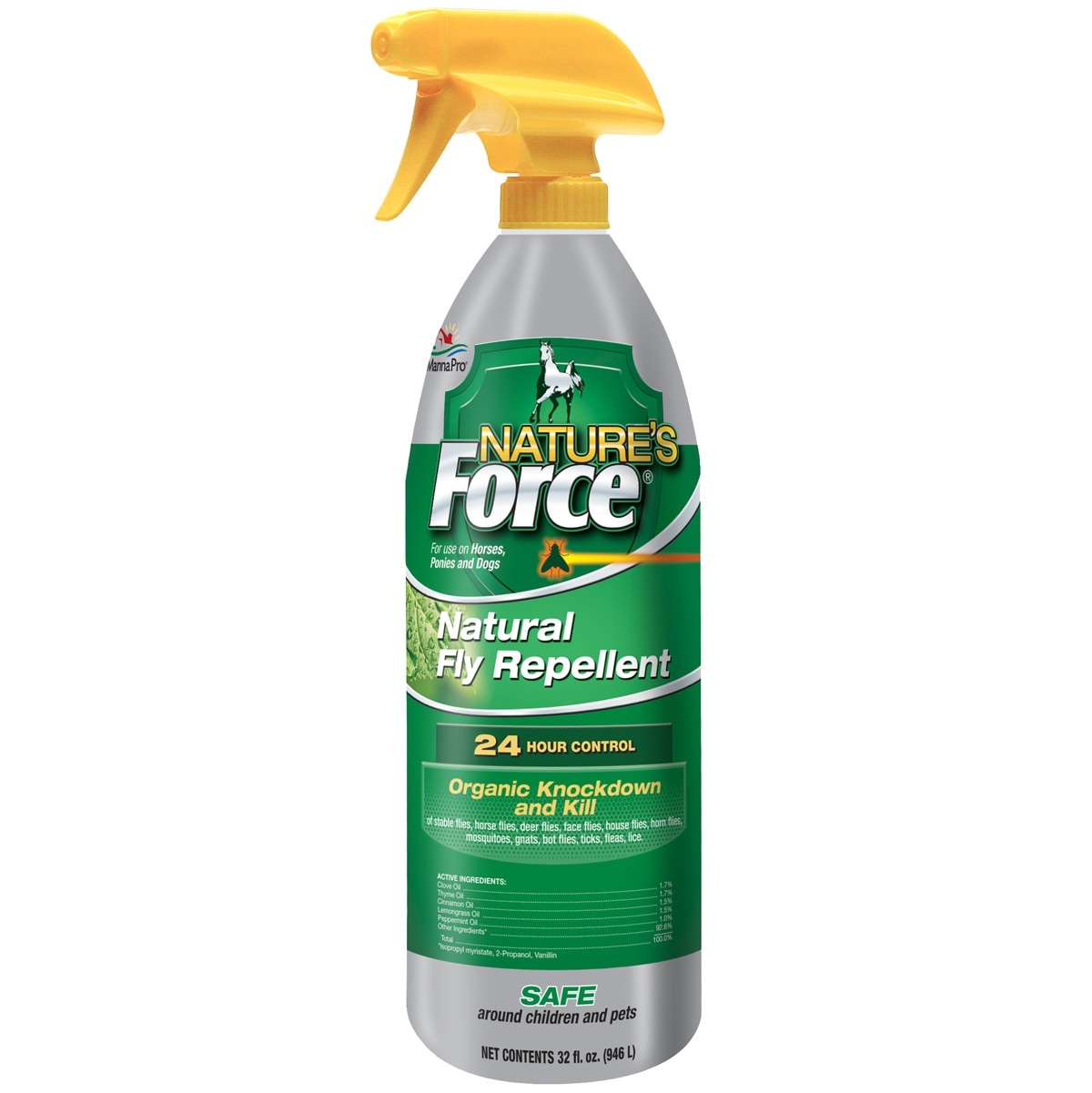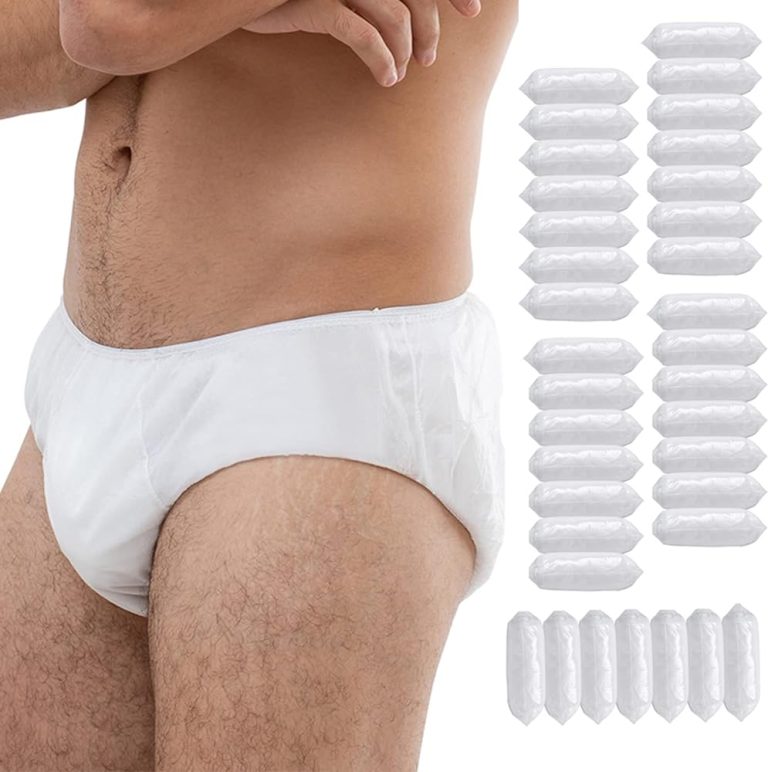9 Best Fly Repellents for a Fly-Free Home: Top Solutions for Every Need
Summer’s here, and with it comes the inevitable invasion of pesky flies. Whether you’re enjoying a backyard BBQ or just trying to relax indoors, these unwelcome guests can quickly ruin your day. You need a reliable solution to keep them at bay.
1. Citronella Candles
Citronella candles are a popular choice for outdoor gatherings. They’re an easy, effective way to keep flies at bay.
How Citronella Works
Citronella works by masking the scents that attract flies. It’s derived from the oils of lemongrass, producing a strong aroma that flies find unpleasant. When you light a citronella candle, the oil vapor disperses into the air, creating a protective barrier. According to the National Pesticide Information Center, citronella can reduce the number of flies in your immediate vicinity by about 50%.
Best Usage Scenarios for Citronella Candles
Use citronella candles during outdoor activities like barbecues and picnics. Place them strategically around the perimeter to maximize their effectiveness. They’re also great for patios and decks, providing both fly repellent and ambient lighting. For indoor protection, use these candles in well-ventilated areas to avoid overpowering scents. Always ensure to follow safety instructions when burning candles to prevent hazards.
2. Ultrasonic Fly Repellers
If you’re looking for a chemical-free way to repel flies, ultrasonic fly repellers could be your answer.
The Science Behind Ultrasonic Repellers
Ultrasonic fly repellers emit high-frequency sound waves, inaudible to humans but unsettling to flies. These devices aim to create an uncomfortable environment for flies, encouraging them to leave. Unlike traditional fly repellents, they don’t rely on scents or chemicals, making them safer for households with children and pets. When you place these devices in key areas, you can maintain a fly-free zone without any residue or ongoing maintenance.
Comparing Ultrasonic Devices
When comparing ultrasonic devices, you need to consider several factors. Check the frequency range, as some devices target specific pests while others cover a broader spectrum. Look at the coverage area; some devices protect a single room while others are designed for larger spaces. Energy source is also essential; some plugins are convenient, but battery-operated models offer flexibility. Evaluate user reviews and industry ratings to ensure you’re selecting an effective and reliable product. Brands like Pest Reject, Neatmaster, and TBI Pro are popular choices, each offering various models with unique features to suit your needs.
3. Essential Oil Sprays
Essential oil sprays offer an aromatic and natural way to keep flies at bay. They’re easy to make and effective when used correctly.
Effective Essential Oils for Fly Control
Lavender, eucalyptus, and peppermint oils are widely recognized for their fly-repellent properties. Lavender oil, for example, not only keeps flies away but also provides a calming scent. Eucalyptus oil can effectively deter flies due to its strong aroma. Peppermint oil, on the other hand, offers a refreshing scent while being a powerful fly repellent. You can easily find these oils in health stores or online.
DIY Essential Oil Spray Recipes
Creating your essential oil spray is simple. Mix 10-15 drops of lavender, eucalyptus, or peppermint oil with water in a spray bottle. Add a few drops of dish soap to help the oils mix better. Shake the bottle well before each use and spray around windows, doors, and other fly-prone areas. For an extra boost, combine all three oils for a potent repellent mix. Remember to reapply the spray every few hours for maximum effectiveness.
4. Fly Repellent Fans
Fly repellent fans offer a modern solution to keeping flies at bay. They’re easy to use and highly effective, especially in open spaces where other methods might struggle.
How Fly Repellent Fans Work
Fly repellent fans work by creating a steady flow of air that flies avoid. The spinning blades, often made of soft, flexible material, move quickly to create a pattern that deters flies. They also utilize reflective patterns that confuse the flies’ vision. Most models are battery-operated, making them portable and convenient for outdoor use at picnics, barbecues, and camping trips.
Ideal Locations for Fly Repellent Fans
Place fly repellent fans on tables, countertops, and anywhere you plan to eat or prepare food outdoors. They’re perfect for patio dining, by the pool, or near your grill. Using multiple fans in larger areas provides better coverage, ensuring flies are kept away from your entire space. For indoor use, position them near doors or windows where flies are likely to enter.
5. Fly Traps
Fly traps can be highly effective in managing fly infestations. They lure flies into a trap from which they can’t escape, significantly reducing their numbers.
Different Types of Fly Traps
- Sticky Traps:
Sticky traps use adhesive to capture flies. These are usually strips or sheets that you hang where flies are most active. They work indoors and outdoors, and they’re disposable, making cleanup easy. - Electric Traps:
Electric traps attract flies using UV light, then electrocute them. They’re ideal for indoor use, especially in kitchens or businesses where hygiene is crucial. These traps require regular cleaning to remove dead flies. - Bottle Traps:
Bottle traps lure flies with bait inside a container. Flies enter through a small opening and can’t escape. These are effective for outdoor use and can be homemade using a plastic bottle and bait like vinegar or sugar water. - Fly Paper:
Fly paper works similarly to sticky traps but usually comes in rolls. You can put it in garages, barns, or other areas where flies congregate. It’s inexpensive and easy to replace. - Biological Traps:
Biological traps use natural predators, like nematodes, to reduce fly populations. These are environmentally friendly and ideal for gardens or farms.
- Placement:
Place traps where flies are most active. Indoor traps should be near windows, doors, or food sources. Outdoor traps work best in shaded areas away from strong winds. - Baiting:
Use effective bait to attract flies. For bottle traps, use sugar water, vinegar, or fruit. Some traps come with pre-packaged bait that you need to replenish regularly. - Regular Cleaning:
Clean electric and sticky traps regularly to maintain effectiveness. Remove dead flies and dispose of used traps. For reusable traps, wash them thoroughly before re-baiting. - Safe Disposal:
Dispose of traps properly. Bag used sticky traps and flies from electric traps before throwing them away to prevent any contamination.
Fly traps are an excellent addition to your fly repelling arsenal, ensuring a more enjoyable summer free from pesky flies.
6. Electronic Bug Zappers
Electronic bug zappers are a modern solution for eliminating flies and other insects. These devices use ultraviolet light to attract insects and then zap them with a high-voltage grid.
Benefits of Using Bug Zappers
- Effective Control: Bug zappers can eliminate large numbers of flies and other insects quickly. They target various pests like mosquitoes, moths, and flies, ensuring a broader spectrum of protection.
- Chemical-Free: Electronic zappers do not rely on chemicals to function, making them a safer option for households, especially those with children and pets. They don’t emit hazardous fumes or residues either.
- Low Maintenance: Once installed, bug zappers require minimal upkeep. You’ll just need to empty the tray regularly and occasionally clean the device to maintain optimal performance.
- Cost-Effective: Compared to ongoing costs of sprays or repellents, investing in a bug zapper can be more economical in the long run. These devices have a one-time purchase cost and low energy consumption.
- Placement: Ensure you place the zapper away from commonly occupied areas to avoid accidental contact. Hanging them at an elevated location can reduce risks and increase the zapper’s efficiency.
- Electric Safety: Always use an outdoor-rated extension cord if the zapper is placed outside. Never touch the device or its grid while it’s functioning to prevent electric shocks.
- Waterproofing: Use only zappers designed for outdoor use in wet conditions. This prevents damage to the device and ensures continued safety during unexpected weather changes.
- Monitoring: Regularly check the zapper for debris buildup or grid damage. Maintaining the device ensures long-term effectiveness and reduces potential hazards related to electrical faults.
Incorporating these practical, efficient, and safe measures will enhance your summer experience by keeping your surroundings nearly insect-free without adding hassle.
7. Fly Papers
Fly papers are an age-old, effective solution for catching flies. They use a sticky surface to trap flies, keeping them away from your living spaces.
The Simplicity of Fly Papers
Fly papers are easy to use and require no special setup. You just unroll the paper and hang it wherever flies are most active. The sticky surface captures flies on contact, making it a hassle-free solution. They don’t need any power source or chemicals, making them a safe option for households with pets and children.
Best Practices for Hanging Fly Papers
Proper placement ensures fly papers work at their best. Hang them away from direct sunlight and strong winds to prevent the adhesive from drying out. Kitchens, near trash cans, and entry points like windows and doors are ideal spots. Regularly replace the papers once they are filled with flies to maintain their effectiveness. For outdoor use, choose weather-resistant options and ensure they don’t get wet to retain their stickiness.
8. Natural Predators
Using natural predators is an eco-friendly way to control fly populations. This method involves introducing organisms that naturally prey on flies.
Introducing Fly Predators to Your Environment
Introducing fly predators like parasitic wasps and beetles can reduce fly populations. Parasitic wasps, such as Muscidifurax and Spalangia, lay eggs inside fly pupae, effectively killing them before they become adults. Beetles, particularly the rove beetle (Aleochara), are also great at hunting fly larvae. To start, purchase these predators from reputable suppliers, and release them in your fly-prone areas. Make sure to follow the supplier’s guidelines for optimal results.
Long-Term Benefits of Using Natural Predators
Natural predators offer a sustainable fly management solution. They provide ongoing control without harmful chemicals, benefiting your environment. Over time, these predators establish themselves, reducing the need for frequent interventions. This method also promotes biodiversity by supporting the health of various ecosystems. Investing in natural predators not only curbs fly populations but also enhances the ecological balance in your garden or farm.
9. Chemical Fly Sprays
Chemical fly sprays are a reliable way to quickly reduce fly populations. They’re particularly effective in indoor environments where other methods might fall short.
Ingredients to Look For
Focus on sprays with active ingredients like pyrethrins, permethrin, and cypermethrin. Pyrethrins, derived from chrysanthemum flowers, are natural but potent. Permethrin and cypermethrin are synthetic but offer longer-lasting effects. Choose products with these ingredients for maximum efficacy.
Health and Environmental Considerations
Understand the potential health risks before using chemical fly sprays. While effective, these sprays can also be harmful to humans and pets if not used correctly. Ensure proper ventilation in the treated area. Select eco-friendly options when possible to minimize environmental impact. Biosynthetic options are generally safer, reducing risk while maintaining fly control.
Conclusion
Managing fly infestations doesn’t have to be a daunting task. With a variety of options ranging from natural solutions like citronella candles and parasitic wasps to more immediate fixes like chemical sprays and electric traps, you can find the right method that suits your needs and environment. Always consider the safety and environmental impact of your chosen fly repellent to ensure a healthier living space for you and your loved ones. By understanding and utilizing these top nine fly repellents, you’re well-equipped to maintain a fly-free home.






